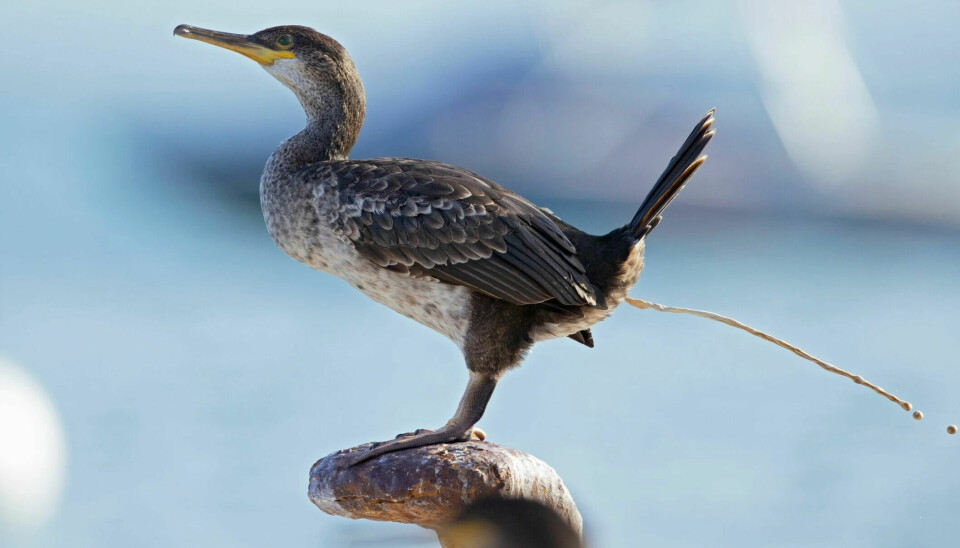
There are many strange poops in the animal kingdom
Everything from wombats that poo cubes to fish that poo sand.
Poo comes in all shapes and colours.
Some animals poo pellets, like rabbits and the deer.
We see bird poo splattering on car windows.
A goldfish produces long treads of poo.
And wombats actually make cubes.
Why do animals poop so differently?
Wombats and cubes
How does poo become shaped like a cube?
Wombats live in Australia. The environment they inhabit may be one of the reasons for the peculiar shape of their poo.
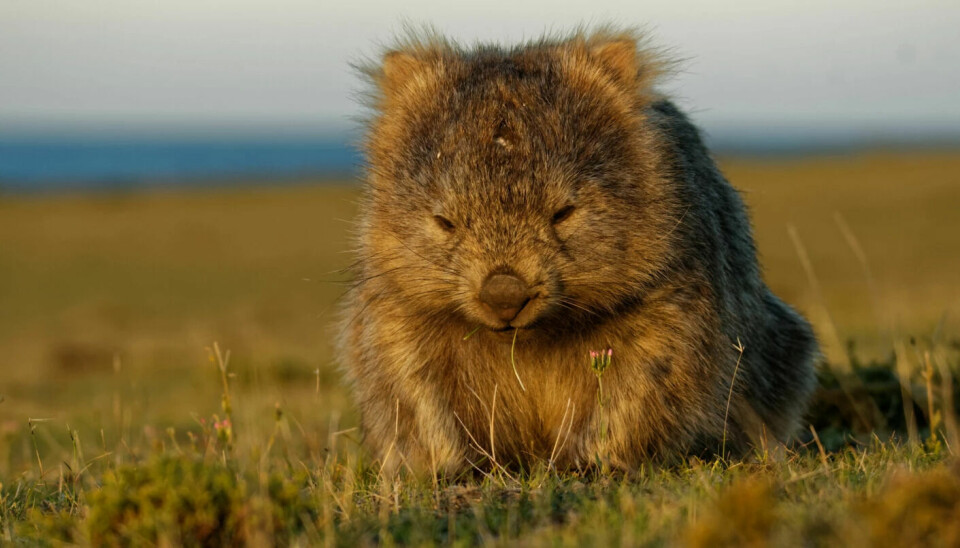
A team of researchers from Australia and the USA joined forces to find out why and how wombat poo takes this form.
The researchers behind the study wonder if the poo is shaped like a cube to prevent it from rolling away.
Since wombats climb on large rocks and logs, round poop could have rolled away. Wombats use their poo to mark their territory.
The researchers found that it was the intestines that shaped the poo and ensured it had flat sides.
In other animals, the intestines shape the poo from all sides, but the wombat's intestines exert different pressures over multiple cycles to create the cube shape.
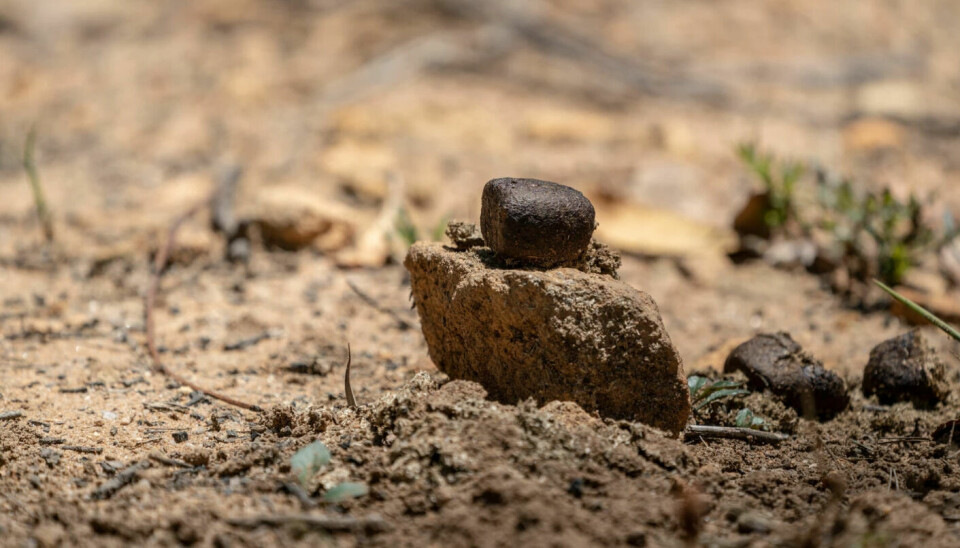
Rabbits eat their own poop
Rabbits are one of the animals that poo little dry pellets. But they also poo softer clumps that stick together.
Rabbits eat these soft clumps of poo. Sometimes they eat the poo directly from their own rear end.
This soft poo contains a lot of nutrition, and it is important for rabbits to eat it.
It is called cecotrope and is formed in the rabbit’s cecum.

When the food passes through the small intestine, it is divided in two. The food that does not contain nutrients and has been digested is sent to the large intestine to become those dry pellets.
Nutrient-rich food goes to the cecum. In the rabbit’s cecum, there are lots of microorganisms and bacteria that break down the food into a mass that the body can digest.
In the end, it comes out as cecotropes, so the rabbit can consume the nutrients it couldn’t absorb the first time.
The parrotfish creates nice beaches with its poop
Since parrotfish mostly eat coral, their poo turns into sand.
They have a hard beak, just like a parrot, which they use to break off pieces of coral. They crush the coral with their teeth and then swallow the whole thing.
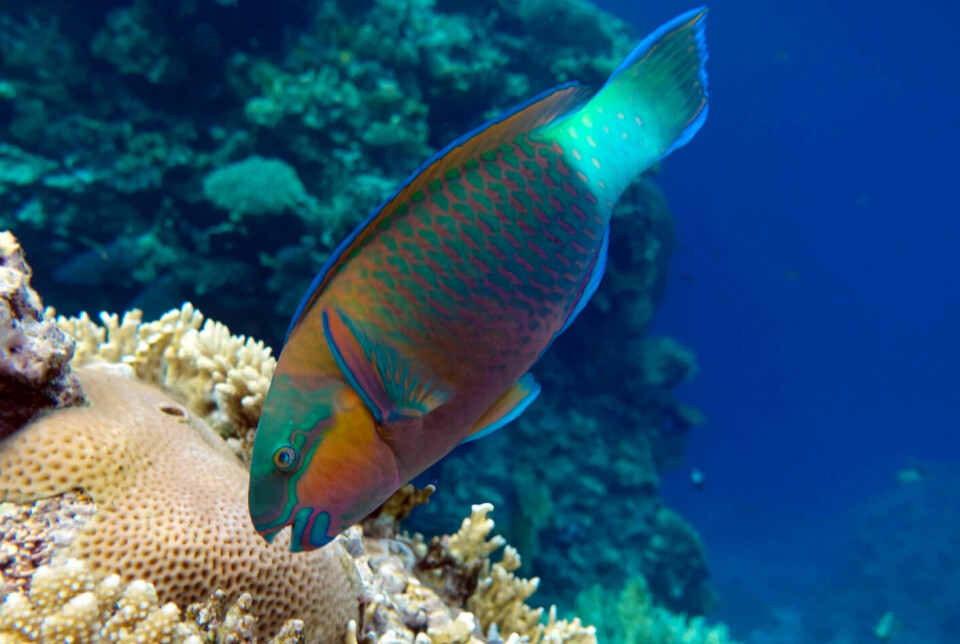
The fish digests the soft parts of the coral, and it poos out the hard remains.
This poop becomes sand.
Some researchers have found that around the island of Vakkaru in the Maldives, parrotfish poo approximately 531,000 kilograms of sand per year.
That's a lot of poop. It weighs almost as much as 380 cars.
Bird poop or bird pee?
You may have seen white spots on cars or the pavement, namely bird droppings.
But it's actually not poo; it’s pee. The dark spots in the white substance are the poop.
Birds don’t have separate exits for poo and pee; they have a single opening called a cloaca.
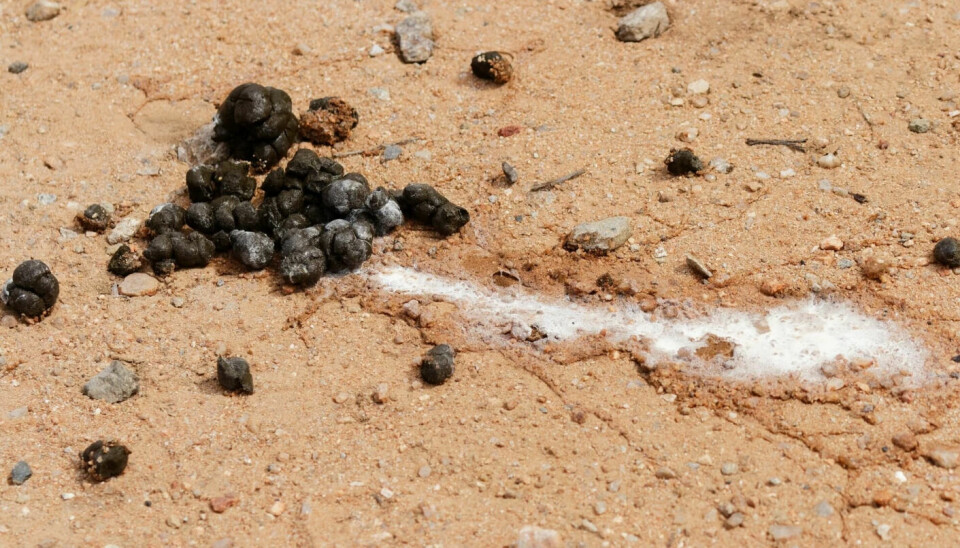
Cloaca exists in birds, fish, amphibians, and some mammals.
Since birds evolved from dinosaurs, you would think that dinosaurs peed and pooped in the same way.
But it turns out that not all birds pee and poop at the same time. For example, ostriches urinate first and poo afterwards, even though they have a cloaca.
We are not entirely sure how dinosaurs eliminated waste, but some evidence suggests that they peed and pooped separately.
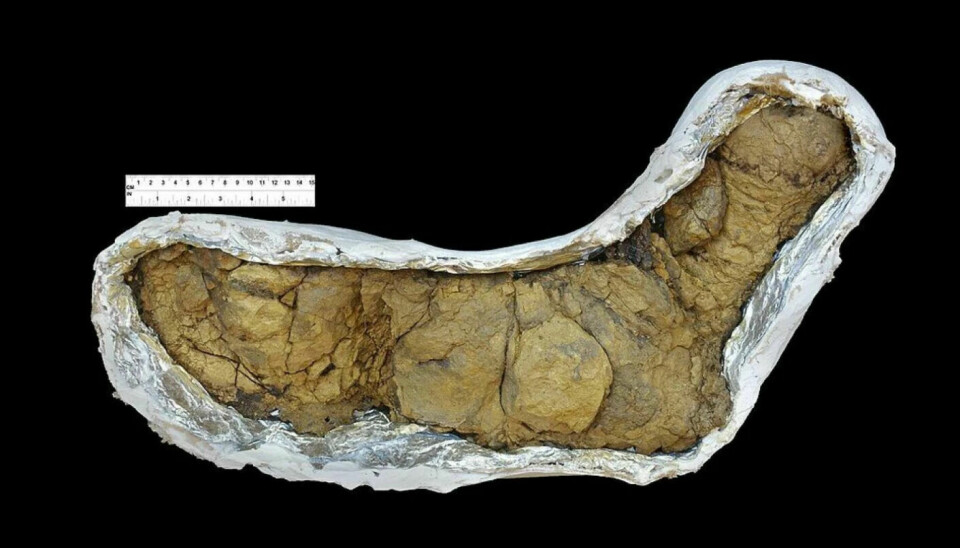
———
Translated by Alette Bjordal Gjellesvik.
Read the Norwegian version of this article on ung.forskning.no
References:
Bauer, P. Why Is Bird Poop White?, Britannica.com.
Nysgjerrigper.no: Øy av fiskebæsj (Island of fish poop), 2016.
Ung.forskning.no: Vombater har terning-formet bæsj. Nå vet forskere hvorfor (Wombats have cube-shaped poops. Researchers now know why), 2021.





































